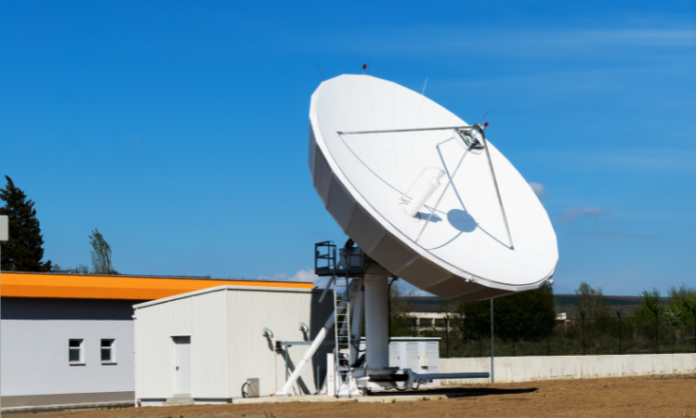
A satellite TV system uses a network of satellites in orbit around the Earth to transmit and receive television signals. The system includes a satellite dish, which is typically installed on the roof of a home or building, and a receiver, which is connected to the television and other equipment such as a digital video recorder (DVR).
The satellite dish is pointed towards the location of the satellite in the sky and uses a LNB (Low Noise Block Downconverter) to receive the signals sent by the satellite. The LNB amplifies the weak signals and sends them through a cable to the receiver. The receiver then processes the signals and sends them to the television.
Satellite TV providers use geostationary satellites, which are positioned at an altitude of about 22,000 miles above the Earth. These satellites orbit the Earth at the same speed as the Earth’s rotation, so they remain in the same location in the sky at all times. This allows the satellite dish to point at the satellite and maintain a steady connection.
The satellite TV provider transmits the television signals to the satellite, which then sends them back to Earth. The signals are sent in the Ku band and C band frequencies, which are less crowded and offer more bandwidth than the VHF and UHF frequencies used by traditional television broadcasting.
The satellite TV provider typically encrypts the signals, which means they are scrambled and can only be decoded by authorized receivers. To receive the signals, the customer must have a receiver that is compatible with the encryption used by the provider and must have an account with the provider.
When the customer orders a television channel, the provider sends the appropriate decryption key to the customer’s receiver, which then uses the key to decode the signal and display the channel on the television. This process happens in real-time and allows the customer to watch live television.
In addition to live television, satellite TV providers also offer other services such as pay-per-view movies, video-on-demand, and DVR service. DVR service allows the customer to record live television and watch it later, similar to a traditional VCR. Video-on-demand allows the customer to watch movies and other programming at any time, rather than being restricted to a specific schedule.
Overall, a satellite TV system uses a network of satellites in orbit around the Earth to transmit and receive television signals, which are then decoded and sent to the television by the receiver. This allows customers to watch live television and access other services such as pay-per-view movies and video-on-demand.
Related Post:
Innovative building materials create sustainable and energy-efficient structures
First private mission to International Space Station launched
























